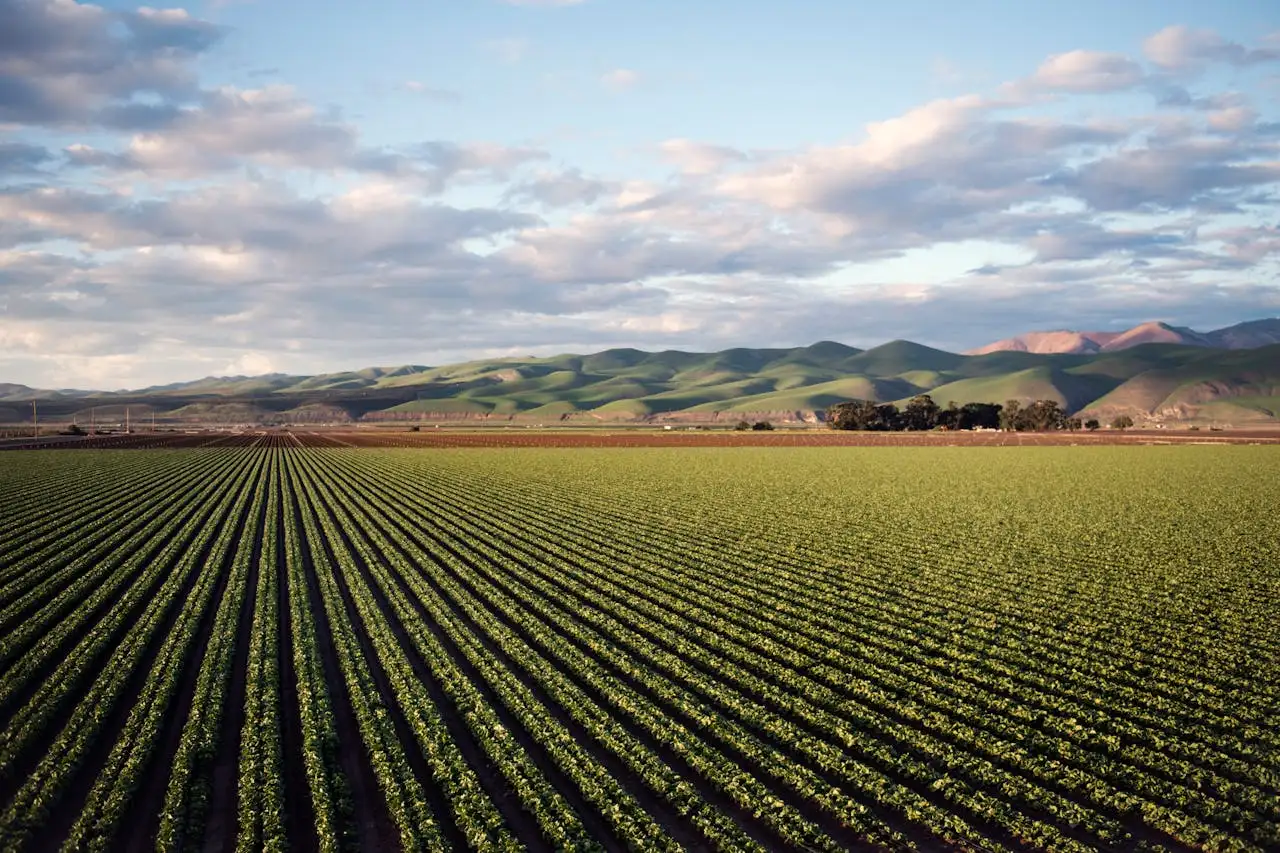 MR Admin
MR Admin
10 Jun 2024


10 Jun 2024
As the dust settles from the 2024 election, all eyes turn to how new leadership and shifting priorities will shape farm policy in 2025.
There are some potential farm policy changes that could impact your farm’s finances and operational strategies, making it essential to stay informed and prepared. To support you through this transition, we’ve outlined what we know so far about three key farm policy proposals for 2025 and how farm operators can navigate the shifting tide.
Upcoming Farm Policy Shifts in 2025
1. Farm Bill Legislation
The Farm Bill is a cornerstone of U.S. agricultural policy, typically reauthorized every five years to regulate and fund a wide array of programs, from USDA conservation initiatives to the Supplemental Nutrition Assistance Program (SNAP). The 2018 Farm Bill, extended in 2023, expired once again this past fall, leaving its future still uncertain as we head into 2025.
Efforts are currently underway to secure another extension through 2025, but disagreements over budget allocations and policy priorities have led to what many describe as “Farm Bill fatigue”. National Farmers Union President Rob Larew captured the overall sentiment well in one sentence at the Iowa Farmers Union annual conference.
But nevertheless, it must be discussed. With an incoming administration comes a whole new set of legislative priorities that could easily push a new farm bill to the backburner once again. Strong voices continuing to advocate for our farmers and the future of our food system can help keep it in the limelight.
Potential Changes and Financial Impact
As negotiations unfold, key areas for farmers to watch include potential changes to subsidies, crop insurance programs, and conservation initiatives. Different types of operations will feel varied effects. For example, small–scale and diverse operations are generally less affected by changes to commodity relief and crop insurance programs as historically these programs haven’t been as accessible to them compared to larger, more specialized operations. Ad hoc disaster assistance remains a point of discussion, though it’s not officially on the table yet, and there is partisan conflict about where disaster relief funding would be sourced.
 your Money
your Money